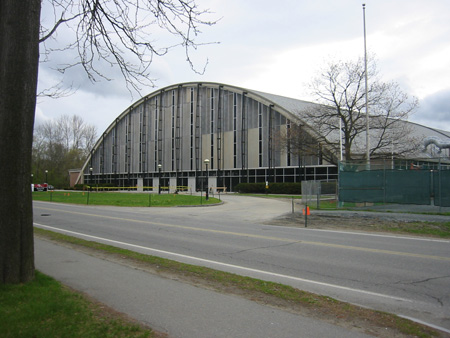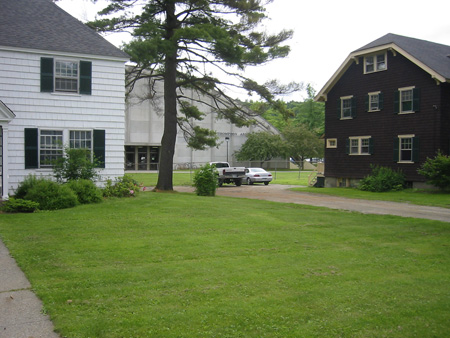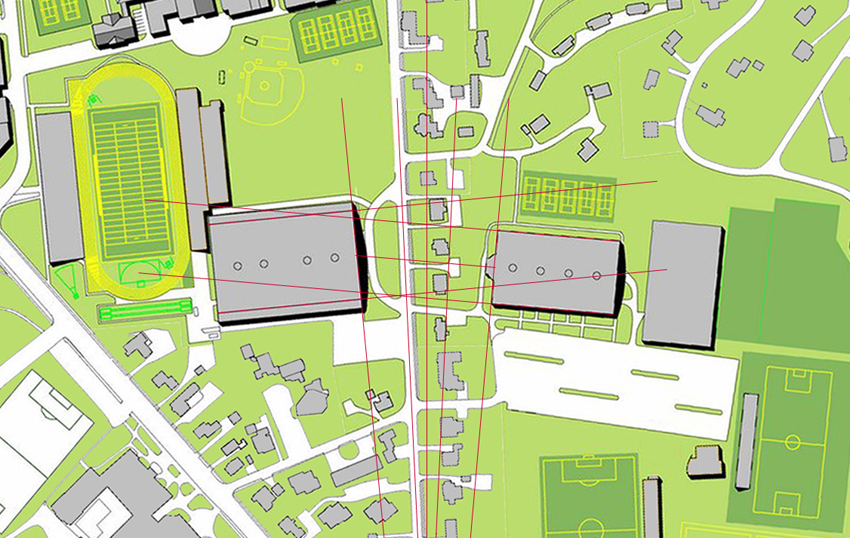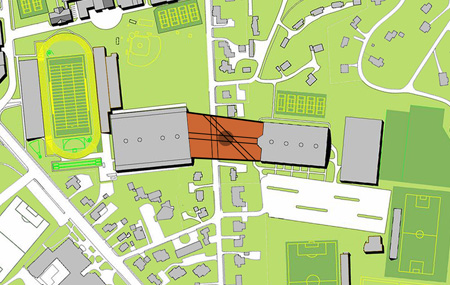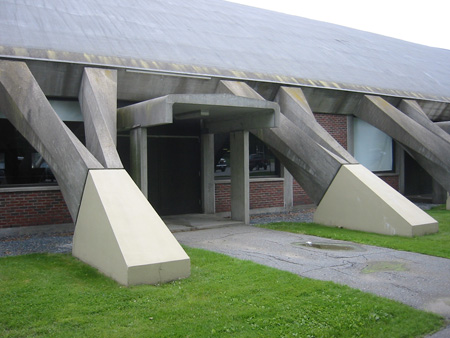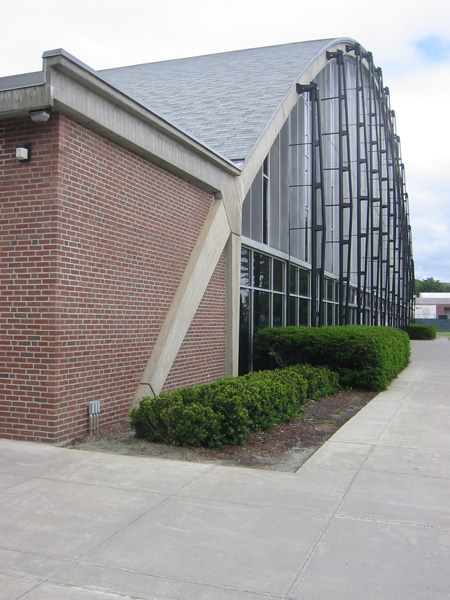The college released the final (November 2020) version of the master plan (pdf) in July of 2021 (Anna Merriman, “Dartmouth master plan calls for growth along Lyme Road,” Valley News (2 July 2021)). The plan is not getting enough press or enough praise, so here are some observations:
-
As noted earlier, the possibilities for growth in the central campus look great (page 38).
-
The north end opportunity sites are all super. Old Hospital Quad will be an incredible space 130 years in the making (pages 42-43). Fairchild Tower always did seem more than necessary for its purpose; it is really a signpost building (pages 44-45).
-
Putting student housing in Remsen-Vail might be touchy. If you wanted to reuse a dull Sixties building as housing, you should have done it with the DHMC tower. Remsen-Vail could be appropriately used for academic purposes, however (page 44).
-
Lyme Road development is inevitable, but it is not clear how realistic it is to show such development without parking lots (pages 46-47).
-
When it comes to the West End, the novelty in this plan is the meander of the Cemetery Bridge (Thayer Viaduct). It is more like a boardwalk on a nature trail and does not appear to be a suspension bridge at all — but won’t it be extremely difficult to put bridge footings in a cemetery? (Pages 48-49).
-
More on the West End: Again, the original Tuck School building here could make an amazing undergraduate dormitory, but one would hate to see Tuck School vanish into the suburbs (pages 48-49).
-
South End and Downtown: The athletics promenade between Lebanon St. and Thompson Arena is excellent and long overdue. It could be a fine linear work of landscape architecture. Annexing Davis Varsity House as a part of the “house community” for the Crosby Street swing space dorm could be a superb move. The reasoning behind the focus on wellness for an expanded McKenzie is not clear — couldn’t it be used for anything, including arts uses? — but it makes no difference as long as the building is saved. McKenzie might present a real opportunity to create a new building within the historic brick walls (pages 52-53).
-
Quibbles are minor and basically the same as before: Thayer School didn’t go from the old Experiment Station directly to the West End in 1939, it spent several years in Bissell Gymnasium (page 9); the reference to “Dart Hall” is kind of irritating (page 38); and it’s “Bema” not BEMA (page 41).
-
The map on pages 28 and 29 showing named landscape opportunities is an important document. Some offhand proposals for these spaces:
Name in Plan Proposed Replacement Riverfront Park Leydard Park West End Green A tough one; this was the Wigwam Circle postwar housing area. Tuck Green at the end of Tuck Mall Tuck Circle Dart Row Commons Fayer Green? “Commons” is not really appropriate for an open space. Maynard Yard Old Hospital Yard. This really is a better name. Life Sciences Lawn Another tough one; there is very little historic context here. North End Green in a strip of Dewey Field Dewey Field. Another one that really is a better name. Vox Lane NHCAMA; New Hampshire something; or State College something? “Vox Lane” has always been arbitrary, which is disappointing in this richly historic precinct. Park Street Gateway Piazza Nervi. This is tougher to justify now that grass rather than hardscape is proposed for this space.
